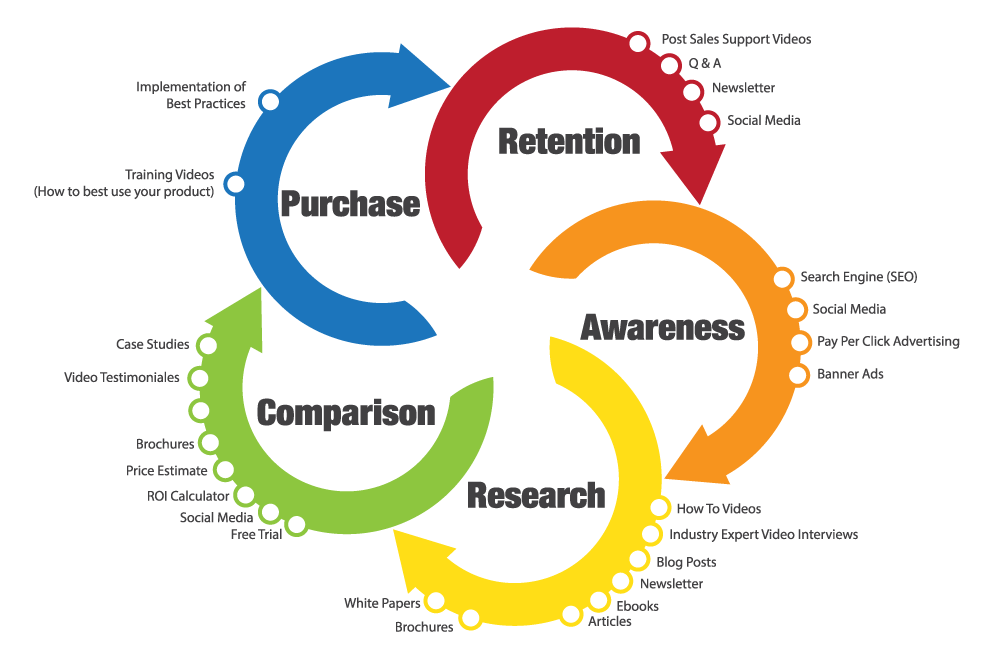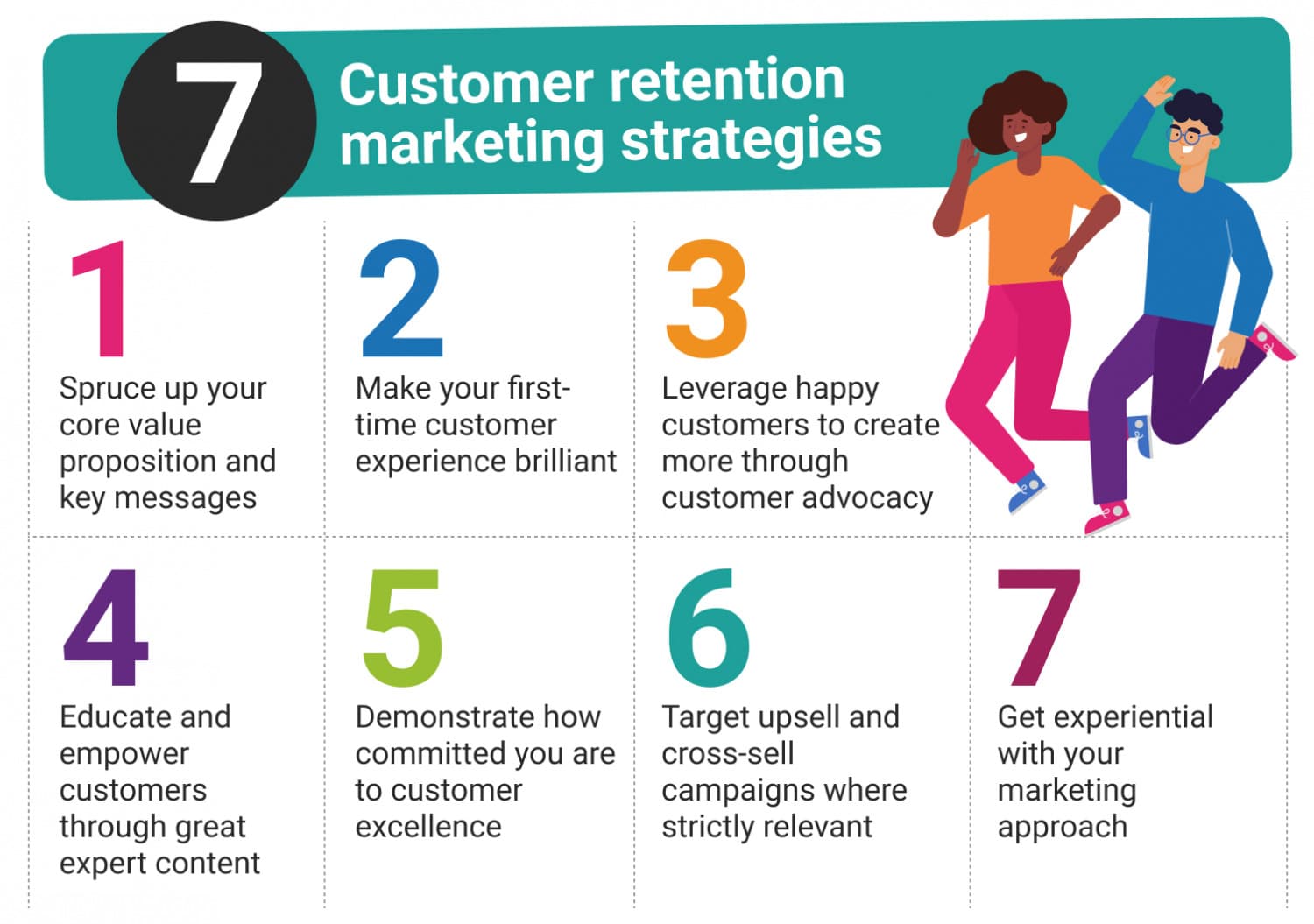Unlock the Power of Customer Retention with Lifecycle Marketing

Customer retention is a crucial aspect of any business, as it not only saves costs but also boosts revenue and drives loyalty. With the rise of omnichannel marketing, customers are more connected than ever, and businesses must adapt to meet their evolving needs.Lifecycle marketing is an effective strategy that helps businesses connect with customers throughout their buying journey, from initial awareness to post-purchase engagement. In this article, we’ll delve into the world of lifecycle marketing and provide actionable tips on how to improve customer retention.
Understanding the Customer Lifecycle
Before diving into lifecycle marketing, it’s essential to understand the various stages a customer goes through. The traditional customer journey model includes the following stages:
- Awareness: The customer becomes aware of a product or service and is introduced to the brand.
- Consideration: The customer considers purchasing the product or service and researches the brand.
- Evaluation: The customer evaluates the brand and compares it with competitors.
- Purchase: The customer makes a purchase and starts using the product or service.
- Retention: The customer remains loyal to the brand and continues to purchase from them.
- Advocacy: The customer becomes an advocate for the brand and recommends it to others.
The Benefits of Lifecycle Marketing
Lifecycle marketing offers numerous benefits for businesses, including:
- Increased customer loyalty: By focusing on customer retention, businesses can build long-term relationships with customers.
- Reduced churn: By addressing customer pain points and providing solutions, businesses can reduce customer churn.
- Increased revenue: Loyal customers are more likely to make repeat purchases, leading to increased revenue.
- Improved customer experience: Lifecycle marketing helps businesses provide a personalized experience for customers, leading to higher satisfaction rates.
Key Elements of a Lifecycle Marketing Strategy

A successful lifecycle marketing strategy consists of the following key elements:
- Customer data collection: Collecting customer data through various channels, including social media, email, and website interactions.
- Segmentation: Segregating customers based on their behavior, preferences, and demographics.
- Personalization: Providing personalized experiences for customers through tailored content, offers, and messaging.
- Nurture campaigns: Developing campaigns that nurture customers through the buying journey, from awareness to advocacy.
- Omnichannel engagement: Engaging with customers across multiple channels, including email, social media, and mobile.
Lifecycle Marketing Strategies for Different Stages
Here are some lifecycle marketing strategies tailored to specific stages:
Awareness Stage
- Social media campaigns: Launch social media campaigns to create awareness about the brand and its products.
- Content marketing: Develop valuable content, such as blog posts and videos, to educate customers about the brand.
- Influencer marketing: Partner with influencers to promote the brand and its products.
Consideration Stage
- Email marketing: Send targeted email campaigns that provide valuable information to customers.
- Product demos: Offer product demos to help customers evaluate the brand’s products.
- Case studies: Share case studies to showcase the brand’s success stories and build credibility.
Evaluation Stage
- Reviews and ratings: Encourage customers to leave reviews and ratings to build trust.
- Comparisons: Provide comparisons with competitors to help customers make informed decisions.
- Free trials: Offer free trials to allow customers to experience the brand’s products.
Purchase Stage
- Order nurturing: Send order confirmations and follow-ups to ensure customers have a smooth purchase experience.
- Onboarding: Develop an onboarding process to help customers get started with the brand’s products.
- Post-purchase surveys: Collect feedback through post-purchase surveys to identify areas for improvement.
Retention Stage
- Regular communication: Maintain regular communication with customers through email and social media.
- Loyalty programs: Develop loyalty programs that reward customers for repeat purchases.
- Exclusive offers: Offer exclusive discounts and offers to loyal customers.
Advocacy Stage
- User-generated content: Encourage customers to create user-generated content, such as reviews and testimonials.
- Ambassador programs: Develop ambassador programs that incentivize customers to promote the brand.
- Referral programs: Launch referral programs that reward customers for referring friends and family.
Analytics and Optimization
To ensure a successful lifecycle marketing strategy, it’s essential to track and analyze customer behavior. Utilize:
- CRM software: Implement CRM software to collect and analyze customer data.
- Marketing automation: Use marketing automation tools to streamline and optimize marketing campaigns.
- A/B testing: Conduct A/B testing to identify what works and what doesn’t.
Conclusion
Lifecyle marketing is a powerful strategy that helps businesses build long-term relationships with customers. By understanding the customer lifecycle and implementing a tailored strategy, businesses can improve customer retention, drive loyalty, and increase revenue. With the right tools and analytics, businesses can optimize their lifecycle marketing strategy and deliver a personalized experience for customers. Don’t wait – start building a lifecycle marketing strategy today and unlock the power of customer retention!
Share Your Experience
Have you implemented a lifecycle marketing strategy that’s worked for your business? Share your experience with us in the comments below. Let’s learn from each other and drive success in customer retention!


